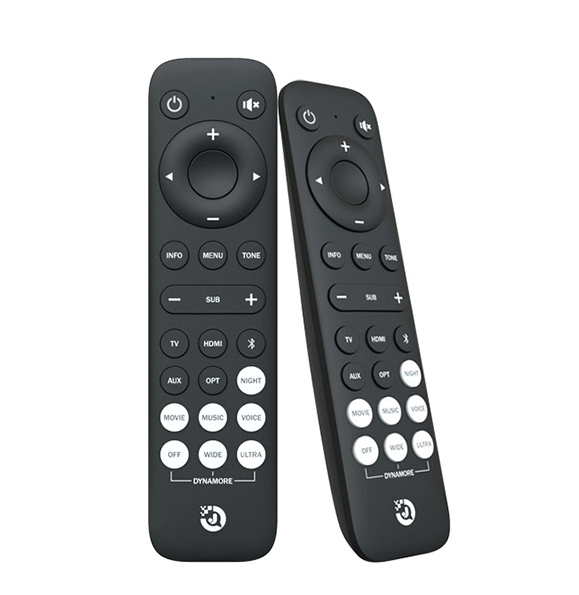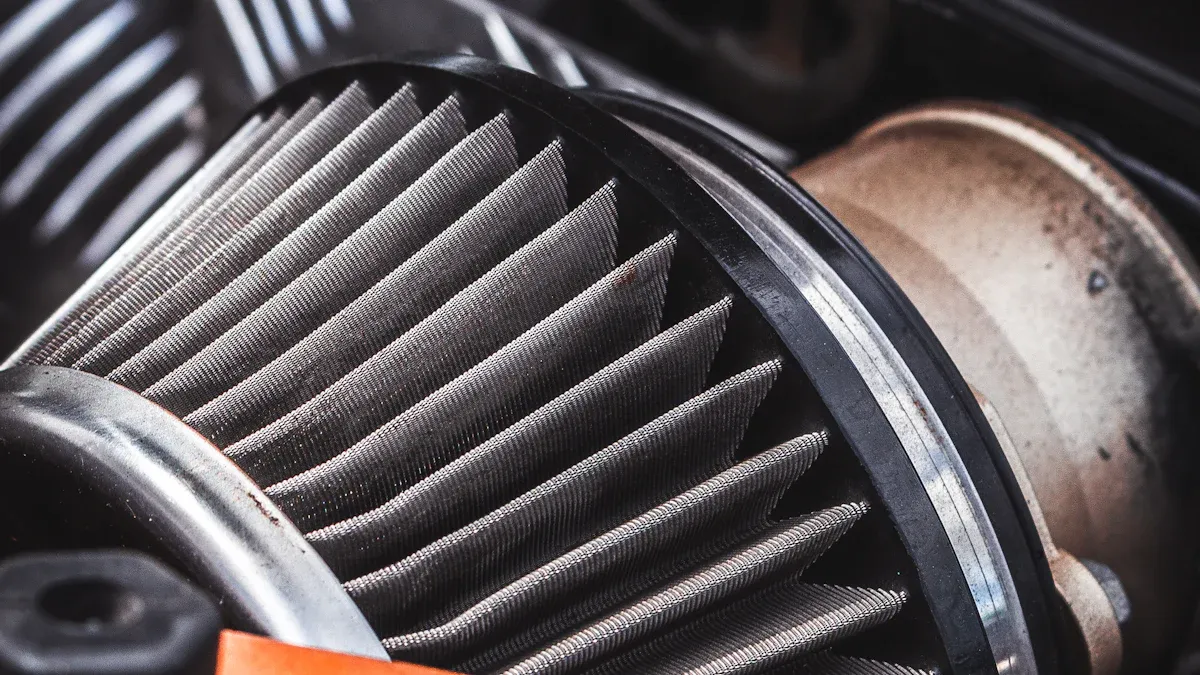In the intricate world of electronics assembly, flux often plays a role that's both crucial and underappreciated. It's the unsung hero that facilitates the seamless union of soldering components, ensuring electrical conductivity and mechanical strength. But with a myriad of flux types available, navigating the what kind of flux do I need for electronics? question can be daunting. This blog post aims to demystify the flux selection process, providing insights that cater to various applications, materials, and performance requirements.
Understanding Flux: The Basics
Before diving into the specifics, let's recap the fundamentals. Flux is a chemical agent used in soldering to clean the surfaces of the metals to be joined, remove oxides, and promote the flow of molten solder. It can be classified broadly into three categories: inorganic, organic, and rosin-based, each with its unique set of properties and applications.
- Inorganic Fluxes: Known for their high activity, inorganic fluxes are excellent at removing oxides but can leave residues that require thorough cleaning. They're typically used in wave soldering and other high-volume production processes where post-soldering cleaning is feasible.
- Organic Fluxes: These are water-soluble or alcohol-soluble and generate less corrosive residues. They're popular in surface mount technology (SMT) assembly due to their compatibility with automated cleaning processes and the trend towards lead-free solders.
- Rosin-Based Fluxes: Naturally derived from pine tree resin, rosin fluxes are mild and leave non-corrosive residues. Ideal for hand soldering and low-volume production, they require minimal cleaning and offer good electrical insulation properties.
Determining Your Flux Needs: Key Considerations
When choosing the right flux for your electronics project, several factors come into play:
- Application Type: Are you working on through-hole components, SMT devices, or a mix? Each type demands specific flux characteristics. For instance, SMT applications benefit from fluxes that promote fine-pitch soldering and minimize void formation.
- Soldering Process: Wave soldering, reflow soldering, or manual soldering each have their optimal flux types. Wave soldering might require high-activity inorganic flux for efficient oxide removal, while reflow soldering often leans towards no-clean organic fluxes to simplify post-processing.
- Material Compatibility: Consider the materials your circuit board and components are made of. Fluxes should be compatible with these materials to avoid adverse reactions. For example, certain fluxes may not be suitable for aluminum PCBs due to corrosion concerns.
- Environmental & Safety Considerations: With increasing emphasis on sustainability and worker safety, choose fluxes that are environmentally friendly and comply with regulations like RoHS (Restriction of Hazardous Substances). Water-soluble fluxes are often favored for their lower environmental impact.
- Post-Soldering Cleaning: Decide whether you need a flux that necessitates cleaning or can be left as-is (no-clean flux). No-clean fluxes simplify production but may require careful selection to ensure residue non-conductivity and corrosion resistance.
Advanced Flux Options for Specialized Needs
Beyond the basics, specialized flux formulations cater to niche requirements:
- Lead-Free Solders: The transition to lead-free solders has necessitated fluxes with higher activity levels to compensate for the higher melting points and greater oxide formation.
- Flux-Cored Solder Wires: For manual soldering, flux-cored wires combine solder and flux, simplifying the process and ensuring consistent flux application.
- Low-Voiding Fluxes: Critical in aerospace and high-reliability applications, these fluxes minimize void formation in solder joints, enhancing structural integrity.
- Fluxes for High-Temperature Applications: Specialty fluxes designed for soldering under extreme temperatures, such as those encountered in automotive electronics or military hardware.
Conclusion: A Balanced Approach
Choosing the right flux for your electronics projects is a balance of application-specific needs, material compatibility, environmental concerns, and production efficiency. By understanding the different flux types and their properties, you can tailor your selection to optimize soldering quality, reliability, and cost-effectiveness. Remember, the best flux is not always the most expensive or advanced but the one that best aligns with your project's unique requirements.


